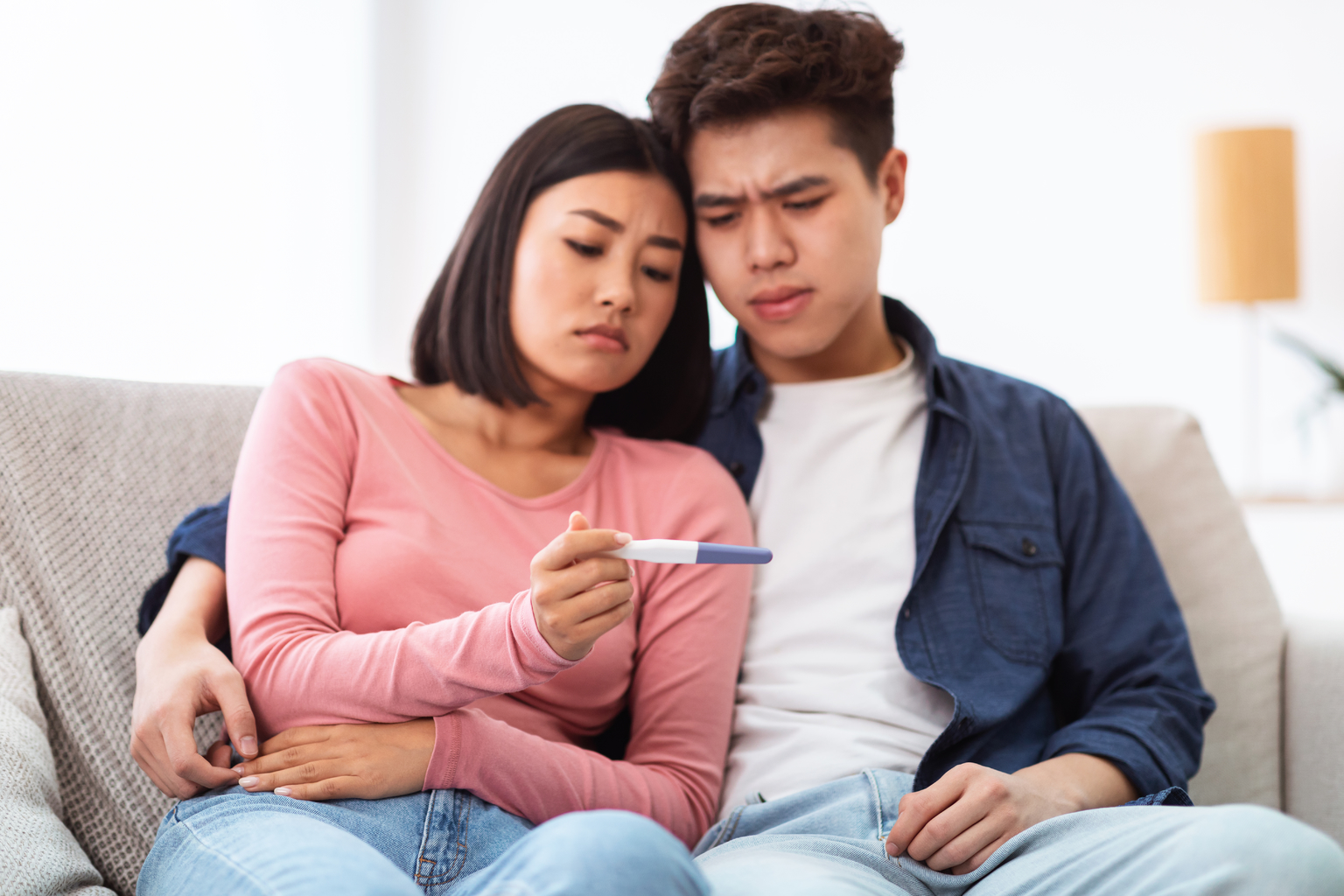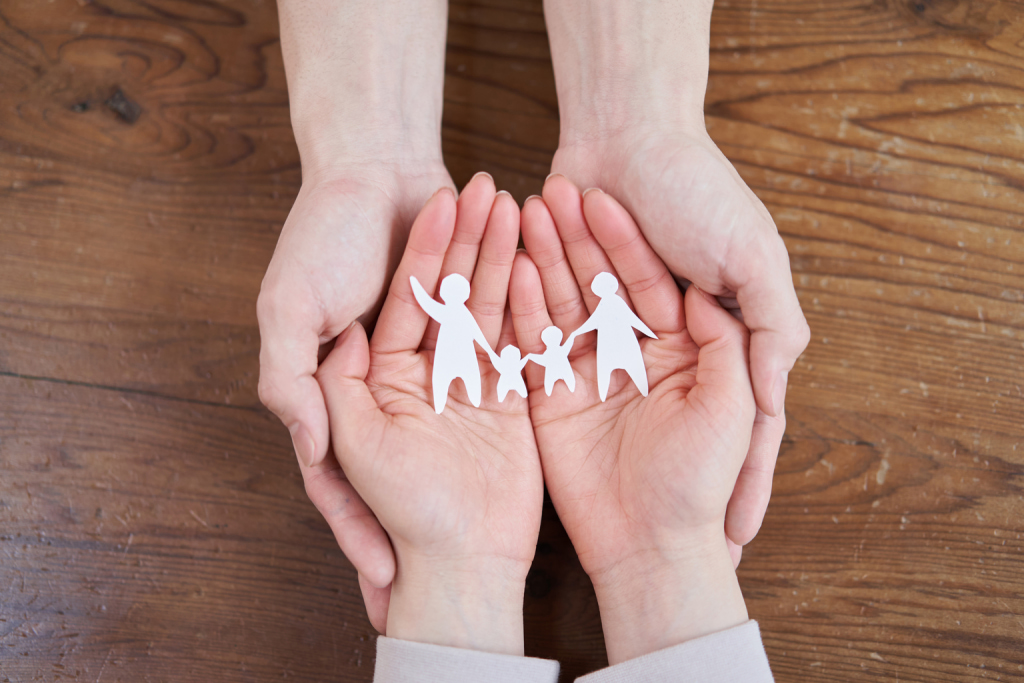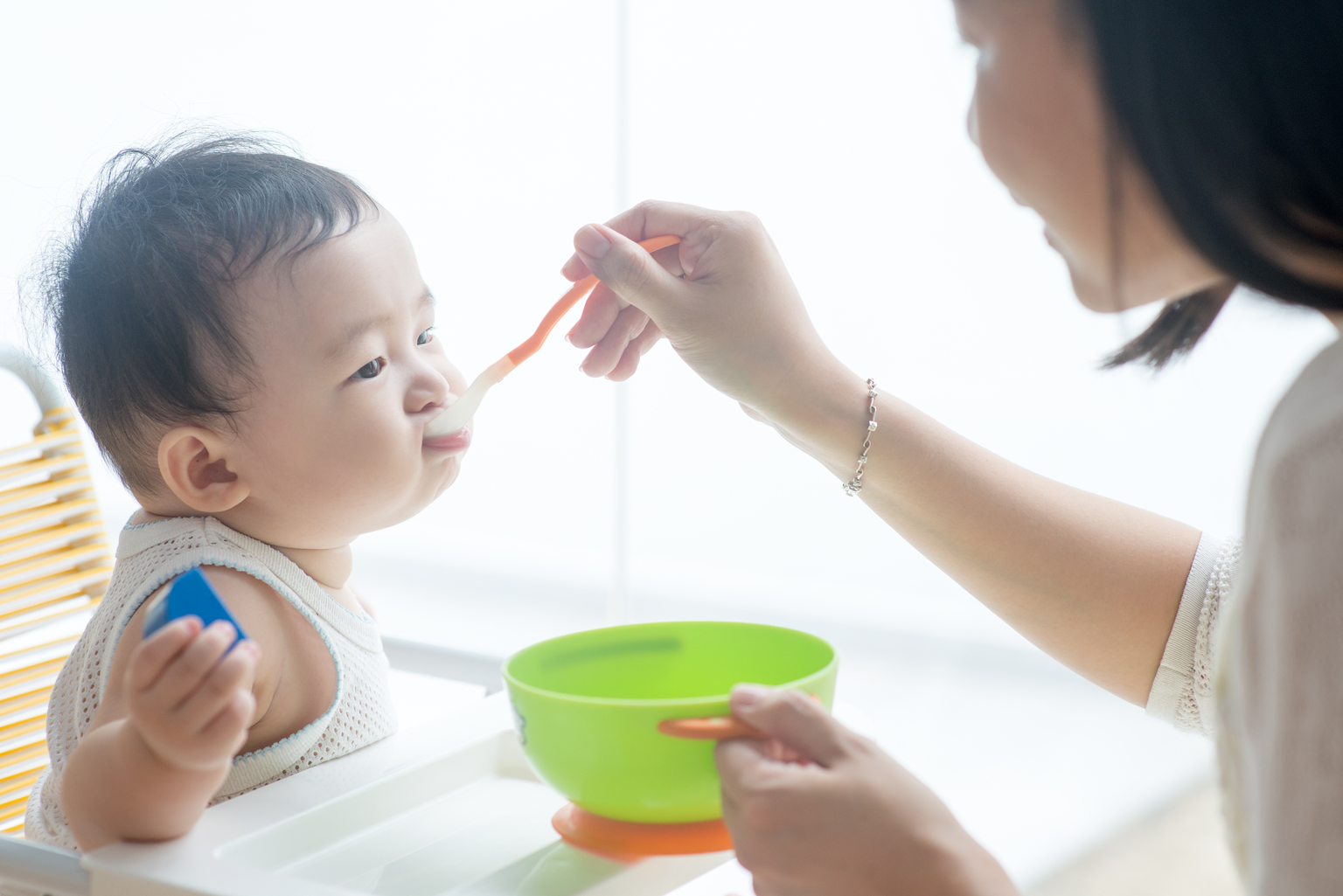An online survey about IVF in Japan conducted in January and February 2021 received responses from roughly 47,000 national public employees. It showed 1.8 percent were undergoing fertility treatment. 10.1 percent, meanwhile, said they’d experienced it and 3.7 percent said they’d considered it.
For decades Japan has been known as an aging nation. According to data released by the Japanese government, the number of newborns fell to a record low as the coronavirus pandemic hit. Japanese government policies as well as businesses and corporations are now coming up with a series of initiatives to help reignite the urgency and will of Japanese couples to build a family.

The reasons for the low birth rates are complex. To date, there are statements that range from more women in the workforce which creates social as well as economic independence, a decrease in masculinity and male sex drive, increase of work-related stress and lack of time, increased feelings of self-priority and of course the elephant in the room — infertility.
The Cost of IVF in Japan
Today, infertility affects approximately 10 percent of couples in Japan. And until recently, it wasn’t recognized or defined as a medical condition, making the accessibility to medical intervention and treatment difficult.
While the causes of infertility are diverse and varied, more research is being dedicated to medical treatment. Over the years, one treatment gaining popularity in Japan is IVF (In vitro fertilization) with approximately six percent of all births being a result of this infertility intervention.
Couples pay huge amounts for a single treatment. Most end up with a significant bill of millions of yen over the course of several years or multiple IVF cycles. To date, Japanese national health insurance policies have covered only up to 30 percent of all costs. However, the government is now trying to help more with expensive IVF and fertility costs in an attempt to avert the long-standing demographic crisis.
“To support households that want to have children we will make infertility treatment applicable to insurance,” said ex-Prime Minister Yoshihide Suga.
The Japanese government wants to bring IVF and other fertility treatments into the national health insurance system, possibly by 2022. And in the meantime to increase subsidies.
Under the current system, married couples with an annual household income of less than ¥7.3 million can receive up to ¥300,000 for first-time in vitro fertilization or microinsemination. After that, it’s up to ¥150,000 from the second time onward. Men can also receive ¥150,000 for certain fertility-related surgeries.

However, with an age and income cap in place, not everyone is eligible to receive the subsidies. As a result, more recently, many local municipalities have introduced their own subsidy programs. For instance, the Tokyo Metropolitan Government offers subsidies to those who are not eligible for the central government system — individuals with an annual income of between ¥7.3 million to ¥9.05 million and also common law couples. In the meantime, the health ministry is considering raising this cap which will allow for more treatment subsidies. They’re also considering opening treatment to common law couples from as early as April next year.
Facilitating IVF in Japan
With some 600 clinics and hospitals offering infertility treatment nationwide, it is no wonder the country is seen as a leader in the field. However, despite easy access to specialist treatment, many people are forced to give up or discontinue treatment due to rising expenses. Moreover, 62.5 percent of the people who underwent IVF said it was very difficult to balance it with work, while 11.3 percent said it was near impossible. As a result, new legislation has come in to allow national public employees up to 10 days of paid leave a year to receive fertility treatments.
This will begin in January next year. The time off can be divided and used flexibly, from taking a few hours off work to see a doctor, to taking a few days off when going through certain phases of IVF hormone stimulation. And though 10 days might seen minimal, it is, at the very least, a start.
Couples Testimonies About IVF in Japan
Many couples undergoing fertility treatments face four main challenges: financial, physical, emotional and time constraints. Some couples shared their stories with us.
“Going through IVF was a challenge since my husband is very busy with work. At the time he was traveling for work almost every week. We chose Sanno Hospital in central Tokyo since it is an international hospital with good English-speaking doctors and nurses. They were very supportive and helpful during the entire process. Also, they allowed me to come in to have help for the injection treatments since I was scared to do it by myself.
“Each step of the way, they were very helpful, comforting and understanding. We went through three full cycles of IVF and now after the fourth try, we are expecting our little girl,” says Rika.

“Our IVF journey took us about three years before we were successful. It’s a very emotional and difficult medical process. But with the support circles plus medical team from our clinic, we got through it, even when we felt like giving up. Our daughter is two years old now. She’s healthy and the most special little human I’ve ever met. We have forgotten all of the hardships we went through (even financial), seeing her grow in front of our eyes. It makes everything worth it,” says Ken.
“I never thought that I would be a candidate for IVF, despite seeing couples within my social circle go through it. After trying for over 2 years, my husband and I decided to look into the problem. The gynecologist and nurses from the clinic were very kind and supportive. We were instructed to change our lifestyle, diet, as well as go on a special fertility-boosting program. We went through two rounds of IVF, both unsuccessful. However, we somehow became pregnant naturally. The fertility program we went on obviously worked. Also, taking time to be less focused and stressed over our problem. Our son is now six years old and healthy. We’ve since had another son who is now three,” says Keiko.
Choosing A Fertility Clinic
Undergoing any form of fertility treatment is a personal and time-consuming process. It is, therefore, important that you and your partner take the time to research. Don’t just choose the first place that returns your call or email. Pursuing fertility testing and treatment is a big step and can also involve big money and lots of time. You want to choose only the best. Consider these questions:
- How much experience do the doctors (and staff) have?
- What types of testing and treatment procedures do they offer?
- How many patients do they treat per year?
- What are their success rates?
- How long is the average treatment period per patient?
- Do they offer any special services beyond basic fertility treatment?
- Is the team (doctor and staff) pleasant?
- What days and hours is the clinic open?
- Are you able to contact the clinic or members of the staff during off-hours for support?
- What is the cost? Is any of the treatment covered by insurance?

Some Fertility Clinics in Tokyo
https://japanhealthinfo.com/pregnancy-and-childbirth/to-get-pregnant/
https://www.sannoclc.or.jp/hospital/english/department/reproduction_c/
https://www.haramedical.or.jp/english
https://www.oakclinic-group.com/english/
https://fert-tokyo.jp/english/
https://www.naturalart.or.jp/about/cure_eng.html
All photos from Shutterstock.
Read more about reproductive health:
Morning-After Pill Updates: OTC Access Delayed But The Fight Continues










